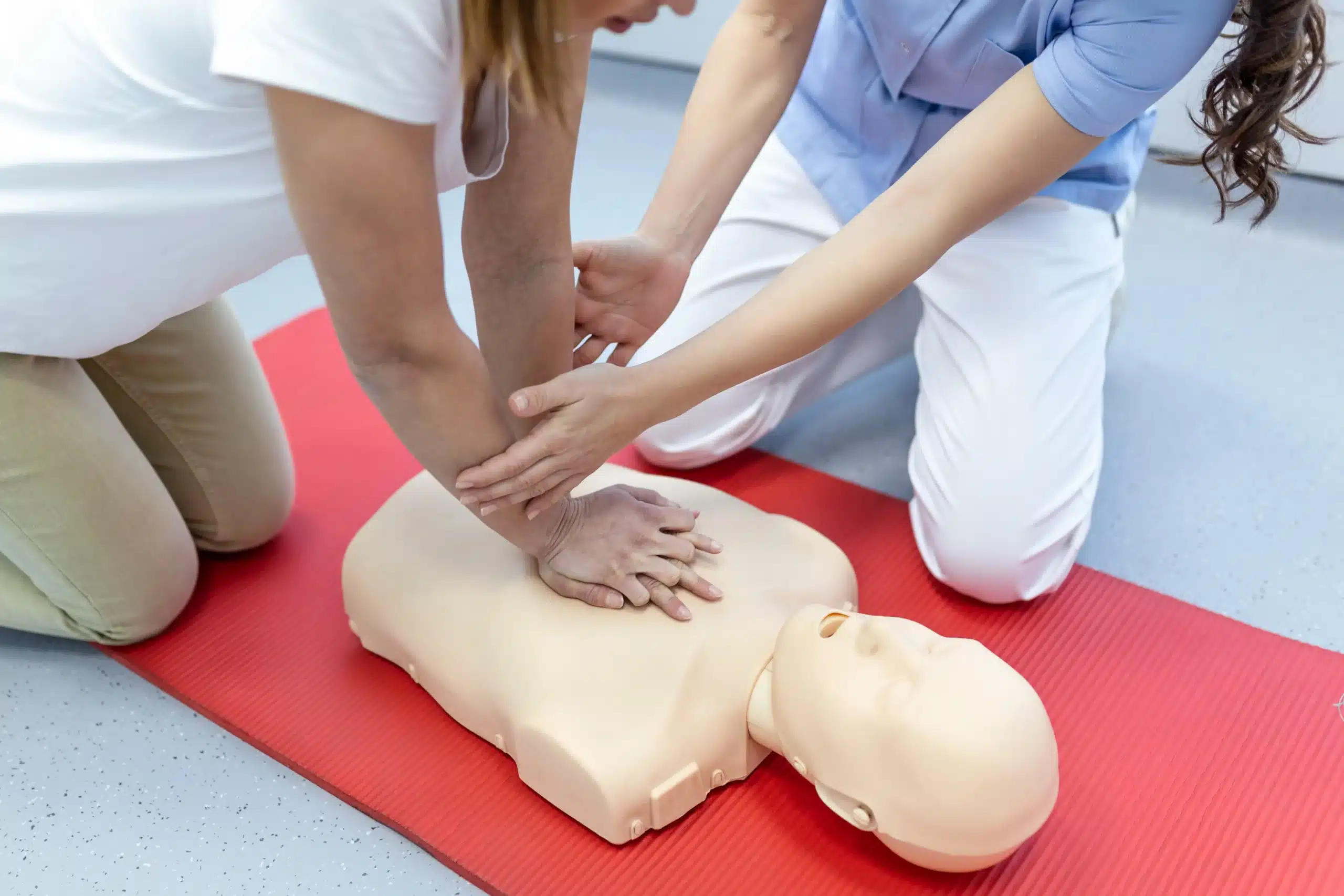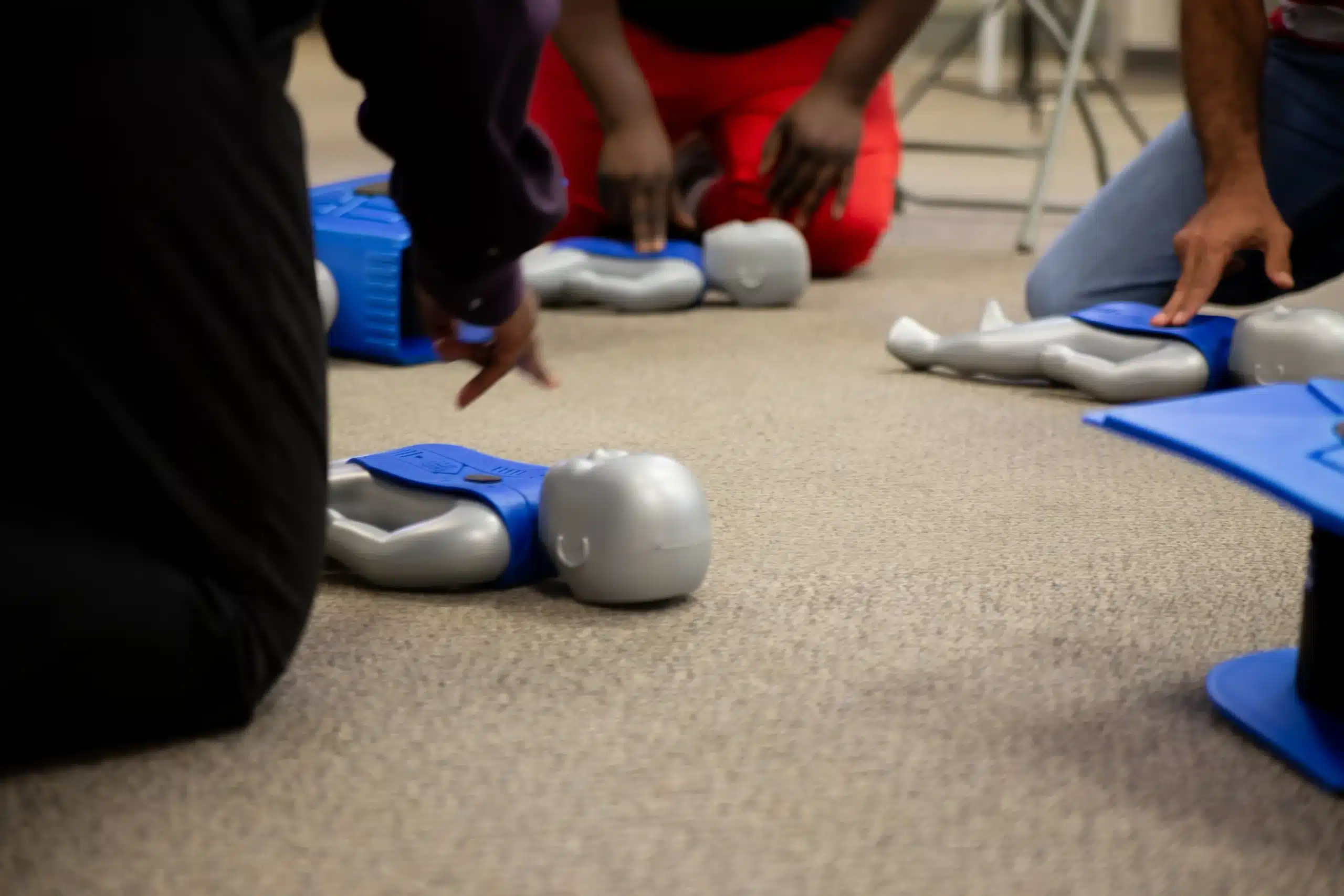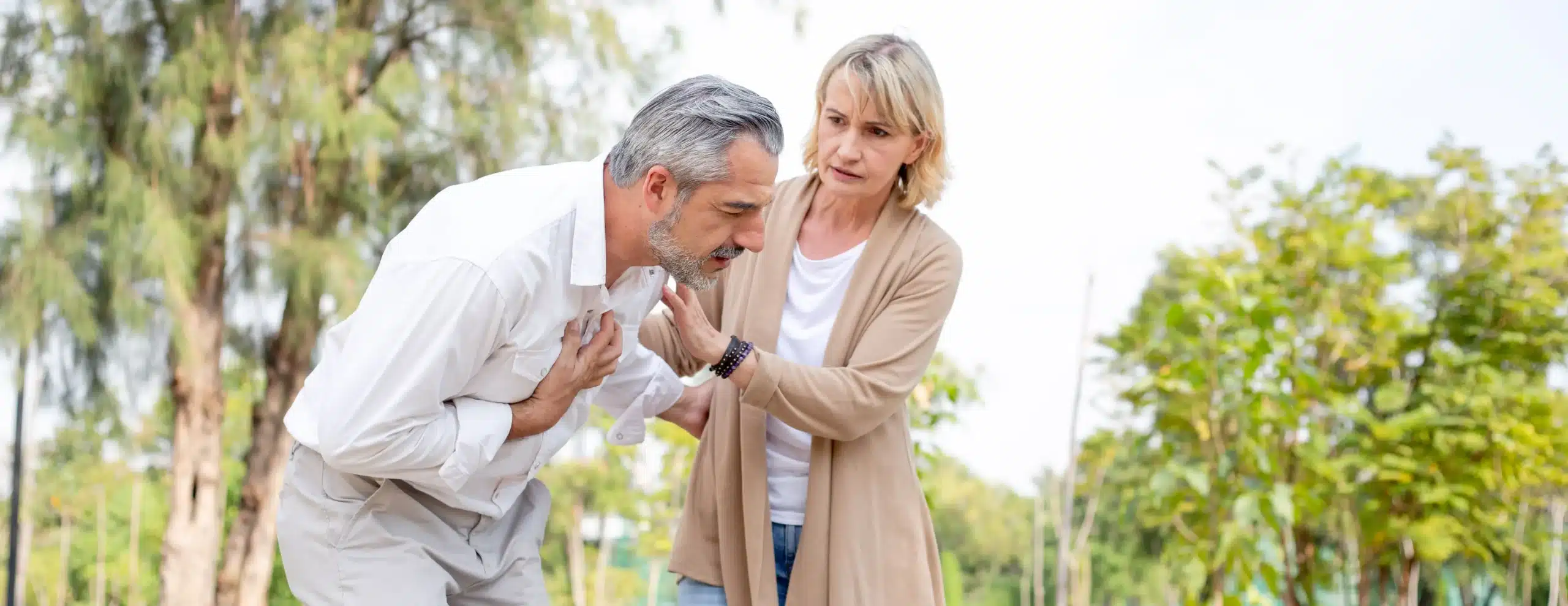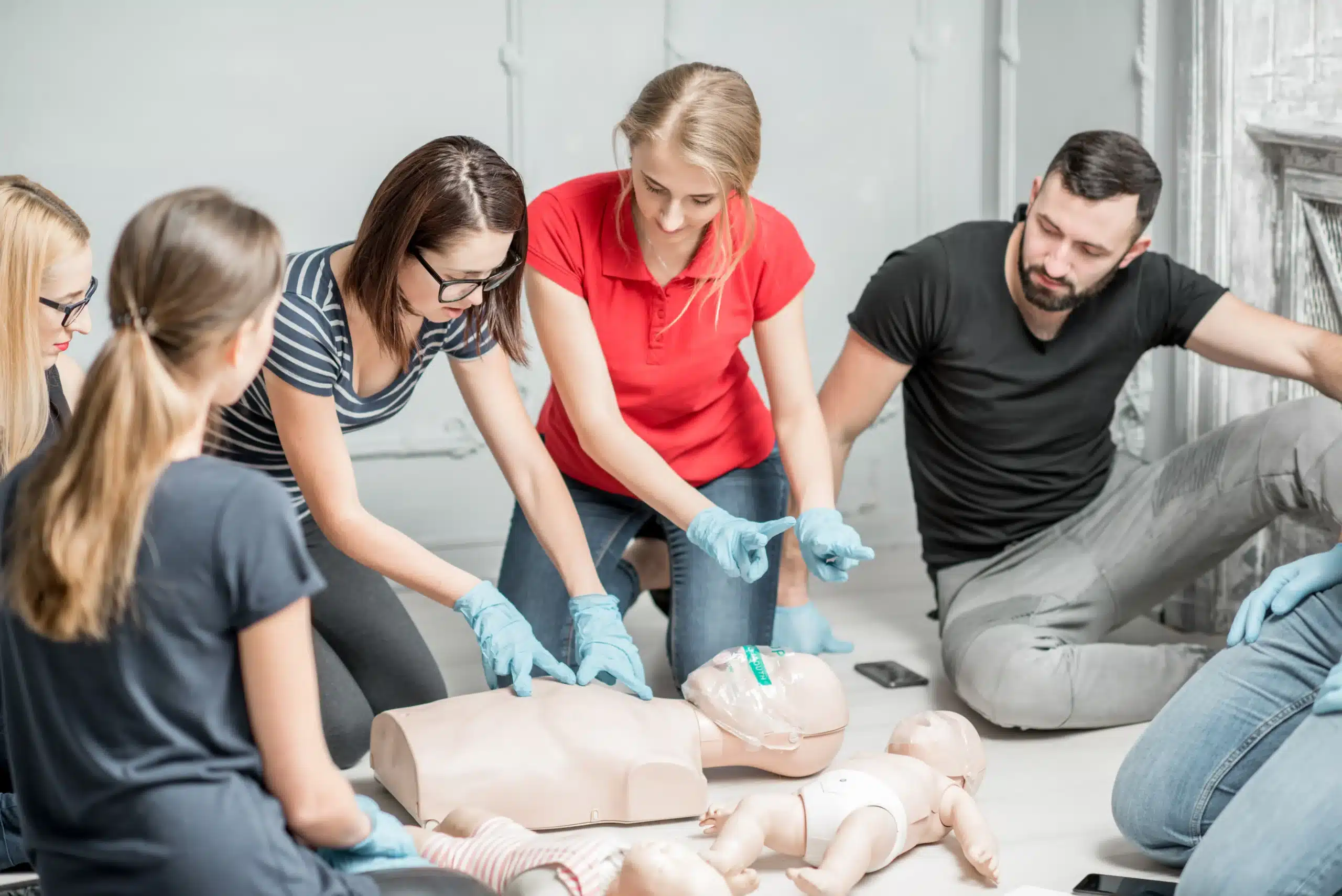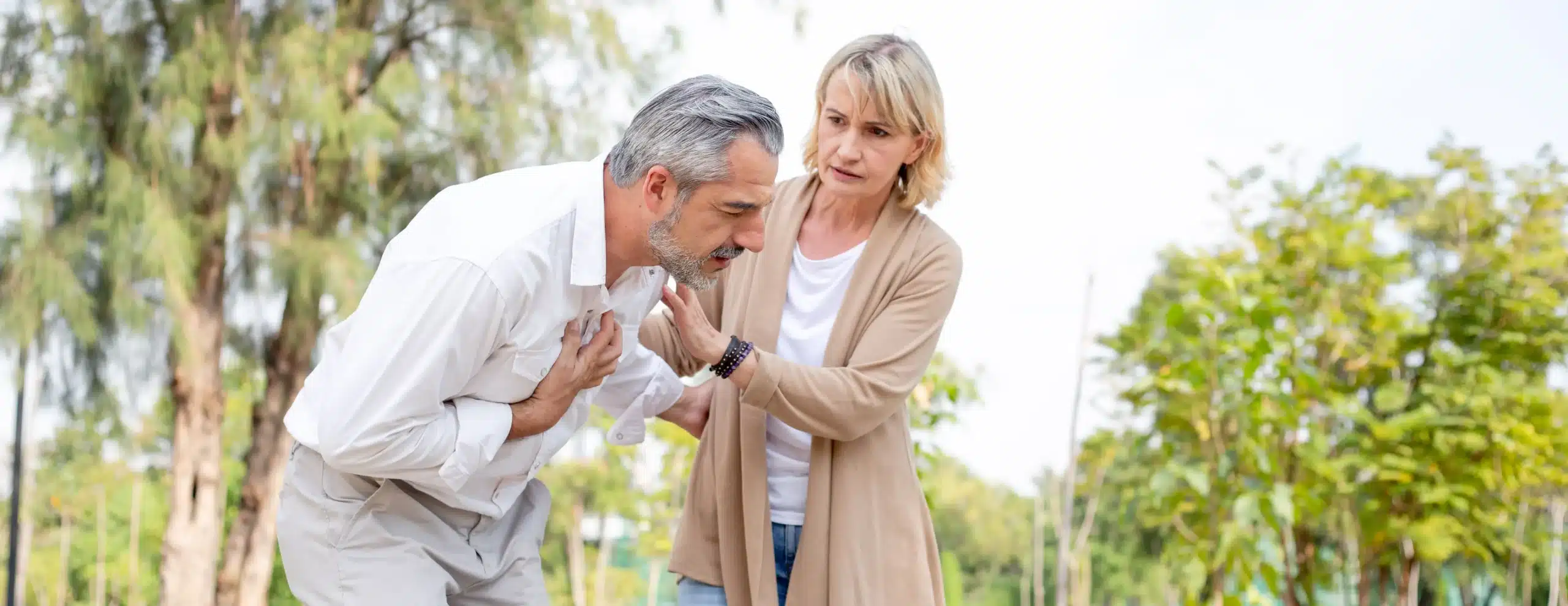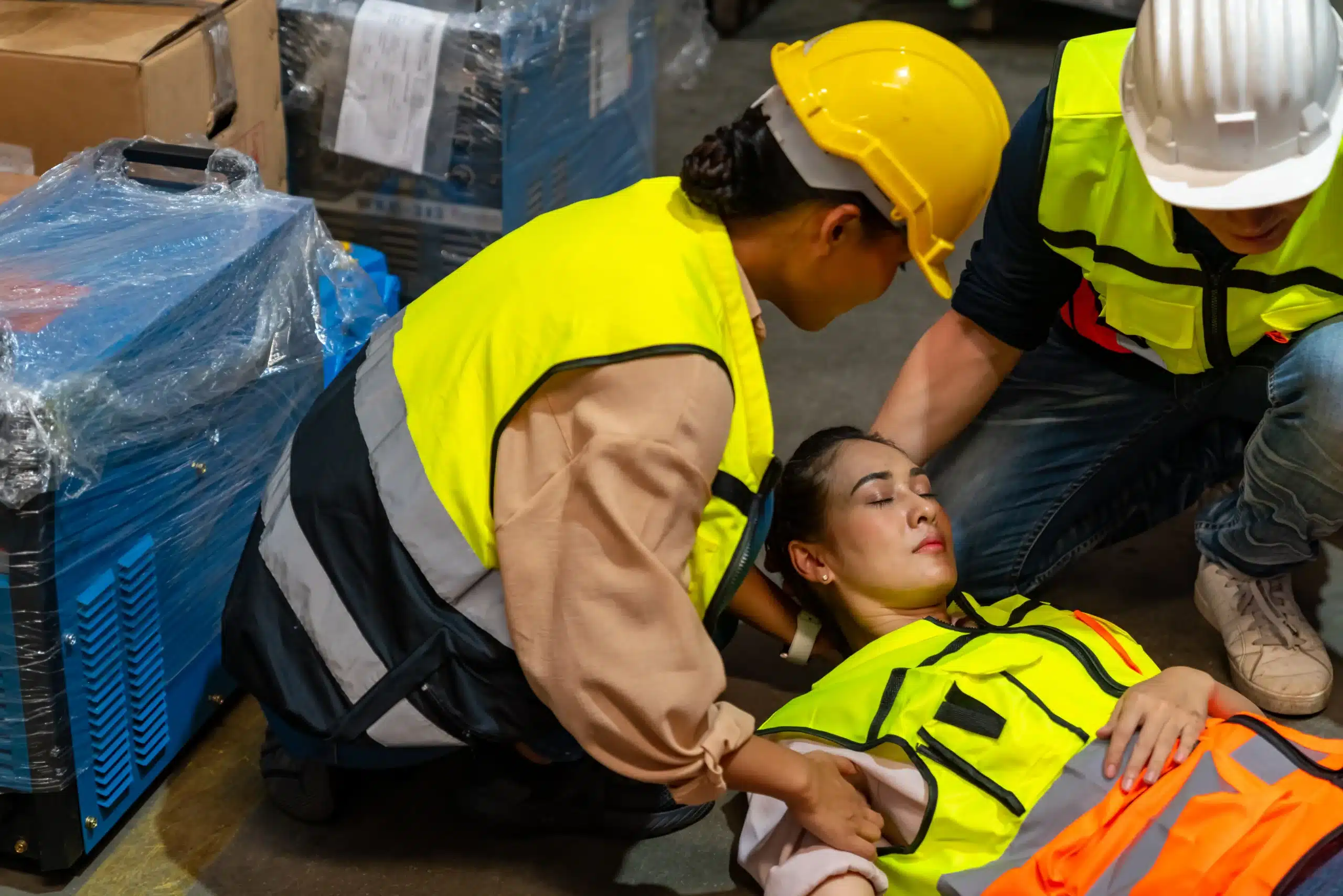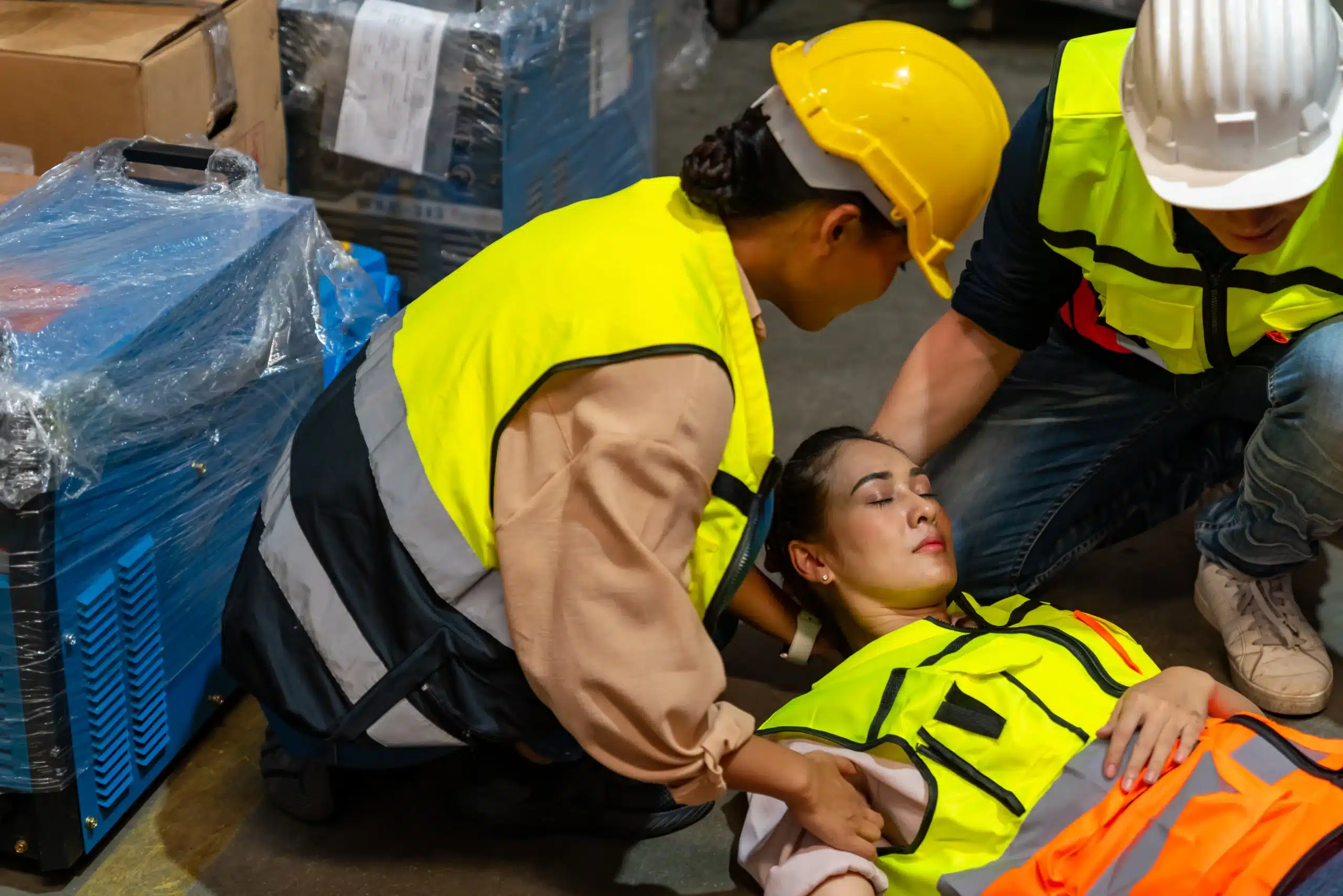Empowering yourself with life-saving skills starts with CPR and first-aid training in Berkeley. This training provides the knowledge and confidence to respond effectively to medical emergencies, potentially making the difference between life and death. Whether you’re a parent, a teacher, a healthcare worker, or simply someone who wants to be prepared, this guide offers valuable insights into the world of CPR and first-aid certification. We’ll explore the various courses available in Berkeley, discuss the importance of choosing the right training provider, and guide you through maximizing your learning experience. We’ll also address common misconceptions, cost considerations, and the long-term benefits of certification.
Key Takeaways
- CPR and first aid skills empower you to make a difference: Learning these techniques equips you to respond effectively to emergencies, potentially saving lives at home, in the workplace, or within your community.
- Find the right CPR and first aid course in Berkeley: Explore the various options available, considering factors such as course type, schedule, and provider. Look for reputable organizations offering certification recognized by the American Heart Association.
- Stay current with your training: CPR and first aid guidelines evolve. Regular practice and refresher courses are essential to maintain your skills and confidence, ensuring you can provide effective assistance when needed.
What is CPR and First Aid Training in Berkeley?
CPR and first aid training gives you the skills to respond effectively to medical emergencies. These skills are invaluable, potentially saving lives in critical situations. Whether you’re a healthcare professional, a childcare provider, or simply a concerned citizen, understanding these techniques can make a real difference in your community. Berkeley CPR classes offer comprehensive training, empowering you to act confidently and swiftly during a medical crisis.
What CPR and First Aid Skills Will You Learn?
CPR (Cardiopulmonary Resuscitation) focuses on maintaining blood circulation when someone’s heart has stopped. You’ll learn chest compressions and rescue breaths—techniques designed to keep oxygen flowing to the brain and other vital organs until professional help arrives. First aid training covers a broader range of situations, from treating minor cuts and burns to managing more serious injuries like fractures and choking. You’ll learn how to assess injuries, control bleeding, and provide immediate care. These courses often incorporate AED (Automated External Defibrillator) training, teaching you how to use a device that can restore a normal heart rhythm during sudden cardiac arrest. Berkeley CPR Classes offers various CPR and first aid certifications.
Why These Skills Are Crucial for Berkeley Residents
In Berkeley, emergencies can happen anytime. Bystanders trained in CPR and first aid are vital, bridging the gap before professional medical personnel arrive. Quick action by someone with these skills can significantly improve outcomes, especially in cases of cardiac arrest. Learning CPR and first aid empowers you to protect yourself, your loved ones, neighbors, and colleagues. These skills are especially relevant for parents, teachers, coaches, and anyone working with children or vulnerable populations. The American Heart Association provides more information on the importance of CPR and first aid.
Common Misconceptions about CPR and First Aid Training
One common misconception is that CPR and first aid are interchangeable. While both are essential, they address different emergencies. CPR specifically addresses cardiac arrest, while first aid covers a wider range of injuries and illnesses. Another misconception is that these skills are only for healthcare professionals. In reality, anyone can benefit from this training. These skills are valuable assets anywhere, from the workplace to the home. Finally, some believe that certification lasts forever. However, guidelines change, so refresher courses are essential to maintain proficiency and stay up-to-date. Berkeley CPR Classes offers various courses, including discount group classes, to meet the community’s needs.
Your Guide to CPR and First Aid Courses
Choosing the right CPR and First Aid course can feel overwhelming with so many options. This section breaks down the types of courses available in Berkeley, what to expect, and important details to help you make the best decision.
Available Course Types
Berkeley offers a wide range of courses to meet various needs, from basic CPR training to advanced life support certifications. You can find essential certifications like CPR and First Aid, as well as more specialized training such as Basic Life Support (BLS), Advanced Cardiovascular Life Support (ACLS), and Pediatric Advanced Life Support (PALS). These courses cover a range of scenarios, ensuring you’re prepared for different emergencies. For those working with newborns, the Neonatal Resuscitation Program (NRP) is also available, along with the EMSA Child Care Health & Safety program for childcare providers. Berkeley CPR Classes offers a variety of American Heart Association courses.
Course Duration and Formats
CPR and First Aid courses in Berkeley offer flexible scheduling options. A standard CPR/AED course can range from approximately two to just over four hours, depending on the specific course content. This allows you to choose a course that fits your availability. Check with your local provider, such as the American Red Cross, for specific course lengths.
Certification Details and Validity
After successfully completing your chosen course, you’ll receive an official certification card. Berkeley CPR Classes provides American Heart Association certification, which is widely recognized and respected. These certifications are typically valid for two years, after which you’ll need to recertify to maintain your skills and credentials.
Age Restrictions and Prerequisites
Most CPR and First Aid courses recommend participants be at least 10 years old to ensure they can effectively understand and apply the training material. While there aren’t typically strict prerequisites for basic courses, some advanced certifications may require proof of prior training. It’s always best to check with your chosen training provider for specific age requirements and any prerequisites. You can find more information on CPR and First Aid classes in the Berkeley area.
Specialized Courses (e.g., Pediatric First Aid)
Beyond general CPR and First Aid, specialized courses cater to specific needs. For instance, the Adult and Pediatric First Aid/CPR/AED course provides comprehensive training for emergencies involving both adults and children. This is particularly valuable for parents, caregivers, teachers, and anyone working with younger age groups. These specialized courses often combine CPR techniques with age-appropriate first aid skills, giving you the confidence to handle a broader range of situations. The American Red Cross offers this combined training.
Costs and Value of CPR and First Aid Training
Knowing the price range for CPR and First Aid training helps you budget effectively. While cost is a factor, remember that this life-saving knowledge has immense value.
Typical Course Prices
CPR and First Aid training costs vary. Expect a range of prices depending on the course and where you take it. Basic CPR classes can start around $70, while more advanced courses like ACLS or PALS are typically more expensive. Blended learning (a mix of online and in-person training) sometimes has a different pricing structure. Always check with your chosen provider, like Berkeley CPR Classes, for current pricing. You can often find this information directly on their website.
Factors Affecting Course Pricing
Several factors influence training costs. The course type matters—a basic CPR class will differ in price from a specialized course like Pediatric First Aid. Your status as a student, alumni, or community member can also affect pricing. Some organizations, including UC Berkeley, offer different rates based on affiliation. Finally, your choice of in-person, online, or blended learning can also play a role.
Long-Term Benefits of Certification
Earning your CPR and First Aid certification offers benefits beyond the classroom. You’ll gain confidence in responding to emergencies, potentially saving lives. A certification from a reputable provider like Berkeley CPR Classes demonstrates your commitment to safety, a valuable asset in many workplaces. Your certification card, often valid for two years, provides proof of your qualifications.
Available Discounts and Group Rates
Look for ways to save on your training. Many providers offer group discounts, making it cost-effective for businesses or groups. Occasionally, organizations like the Red Cross offer discounts on training materials. Inquire about potential savings before you register.
Choose the Right CPR and First Aid Training Provider
Finding the right CPR and First Aid training provider is key to becoming a confident and prepared first responder. With several options in Berkeley, consider factors like instructor experience, course content, schedule flexibility, and overall value.
Berkeley CPR Classes
Berkeley CPR Classes offers a comprehensive range of American Heart Association (AHA) certifications, including BLS, ACLS, PALS, and First Aid. Their focus on customer service and a low-price guarantee makes them a popular choice. With daily classes throughout Alameda, Oakland, and Berkeley, they prioritize convenience. Learn more about their course schedule and group discounts.
American Red Cross
The American Red Cross is a nationally recognized organization providing CPR and First Aid training. Their Berkeley location offers in-person, online, and blended learning formats. Their two-year certification meets OSHA workplace requirements.
Safety Training Seminars
Safety Training Seminars, established in 1989, brings decades of experience to CPR and First Aid instruction. They focus on high-quality training and offer various courses tailored to specific needs. Explore their course offerings.
University of California, Berkeley
UC Berkeley’s Recreation and Wellbeing department offers Adult and Pediatric First Aid, CPR, and AED training through their health and safety program. This is a convenient option for students, faculty, staff, and community members.
Other Local Training Centers
Beyond these providers, explore other local training centers in Berkeley offering CPR and First Aid certification. Berkeley CPR Classes can be a helpful resource for finding additional local providers. Always verify the certification’s legitimacy and the instructor’s credentials before enrolling.
Maximize Your CPR and First Aid Learning
Getting the most from your CPR and First Aid training involves preparation, active participation, and ongoing skill maintenance. Here’s how to approach your learning journey:
Prepare for Your Course
Before your class, take a moment to familiarize yourself with the basic concepts. The American Heart Association welcomes participants as young as 10 years old into their CPR/First Aid classes, designed for both new learners and those renewing their certifications. This foundational knowledge will create a solid base for absorbing the information presented in class. Knowing what to expect can also ease any pre-class nerves.
Hands-on Practice Opportunities
In-person CPR and First Aid training offers invaluable hands-on practice. These courses provide a two-year certification and meet OSHA workplace safety standards. Actively participating in practical exercises solidifies your skills and builds confidence for real-life emergencies. This hands-on experience is essential for translating knowledge into action.
Maintain Your Skills Post-Certification
While you can technically perform CPR with an expired certification, staying current with your training is essential. Regular practice ensures you’re up-to-date on the latest techniques and guidelines, which can be critical in emergencies. Consider refresher courses to maintain your confidence and competence in providing care. Consistent practice is key to retaining these life-saving skills.
Blended Learning Options
For those juggling busy schedules, blended learning programs combine online coursework with in-person skills sessions. This flexible format lets you learn at your own pace while still benefiting from hands-on training, making it easier to fit CPR and First Aid certification into your life.
Local Considerations and Requirements
When choosing a CPR and First Aid training course in Berkeley, consider these local factors:
Training Locations and Accessibility
Berkeley offers various accessible training locations to accommodate different schedules and preferences. You can find in-person classes through providers like the American Red Cross, with options ranging from traditional classrooms to blended learning (a mix of online and in-person instruction). For flexible scheduling, Berkeley CPR Classes offers courses daily from 8 am to 10 pm.
Local Regulations and Requirements
CPR and First Aid training courses in Berkeley adhere to the latest guidelines, equipping you with the skills to respond effectively to emergencies like cardiac arrest and choking. Successful completion typically earns you a two-year certification, keeping your qualifications current.
Group Training Options for Businesses and Organizations
Many training providers in Berkeley offer group discounts, making team training cost-effective. This is a smart option for businesses and organizations wanting to improve workplace safety and boost employee morale. Group training can also be a valuable part of corporate wellness programs. Contact providers like UC Berkeley for specific options and pricing.
Refresher Courses and Recertification Process
Maintaining your CPR and First Aid skills is crucial. While certifications typically last two years, regular practice ensures you can confidently handle emergencies. Consider taking refresher courses to stay sharp. The American Red Cross offers various recertification options, including blended learning, for convenient renewal. Consistent training is key to providing effective assistance in critical situations.
Related Articles
- CPR Training in Berkeley: Your Guide – Berkeley CPR Classes
- CPR Courses in Berkeley: The Complete Guide – Berkeley CPR Classes
- Berkeley CPR Classes: Your Complete Guide – Berkeley CPR Classes
- CPR & First-aid Classes in Berkeley, CA – Berkeley CPR Classes
Frequently Asked Questions
How long is a typical CPR certification valid for? CPR certifications are generally valid for two years. It’s important to renew your certification before it expires to stay up-to-date on the latest guidelines and maintain your skills.
What’s the difference between CPR and First Aid training? CPR focuses specifically on restoring blood circulation and breathing in cases of cardiac arrest. First Aid covers a broader range of medical emergencies, from minor injuries like cuts and burns to more serious situations like choking or fractures. Both are valuable skills to have.
Are there age restrictions for taking CPR and First Aid classes? While specific age recommendations may vary slightly between providers, most CPR and First Aid courses are suitable for anyone aged 10 and older. This ensures participants can grasp the concepts and perform the techniques effectively. Always check with the specific training provider for their age requirements.
What if I have a busy schedule? Are there flexible learning options? Yes, many providers offer flexible learning options, including blended learning, which combines online coursework with in-person skills sessions. This allows you to learn the material at your own pace and then practice the hands-on skills in a classroom setting. Weekend and evening classes are also often available.
Why should I choose Berkeley CPR Classes over other providers? Berkeley CPR Classes stands out due to its commitment to customer service, competitive pricing, and the convenience of daily classes in multiple locations. They offer a low-price guarantee and focus on providing high-quality instruction from experienced professionals.


